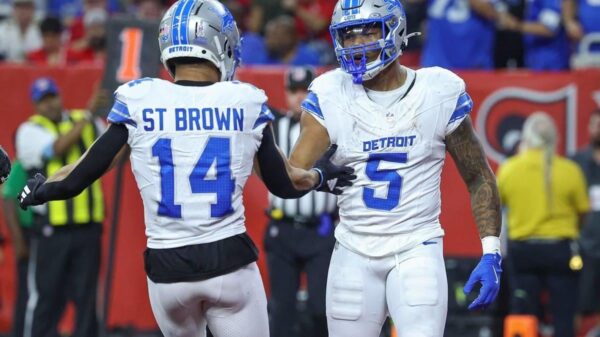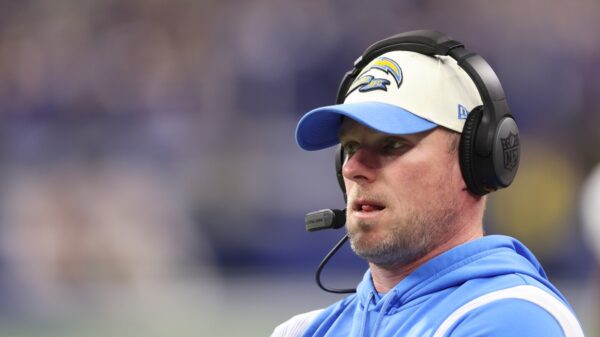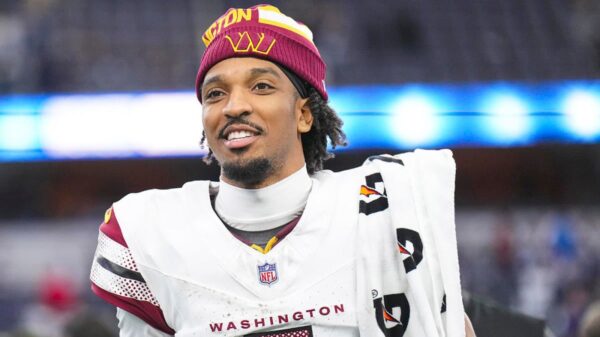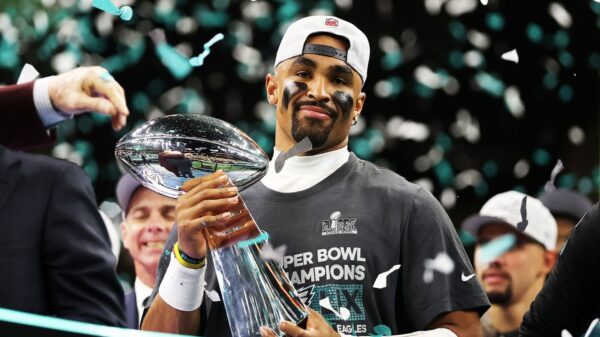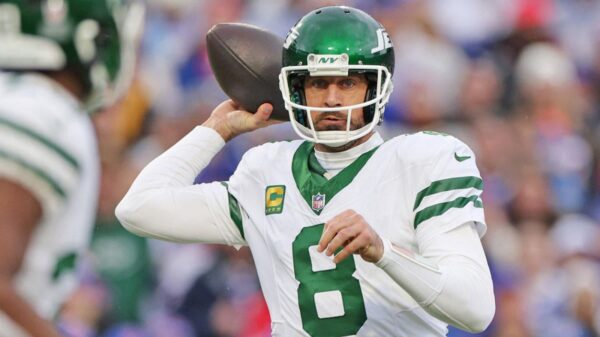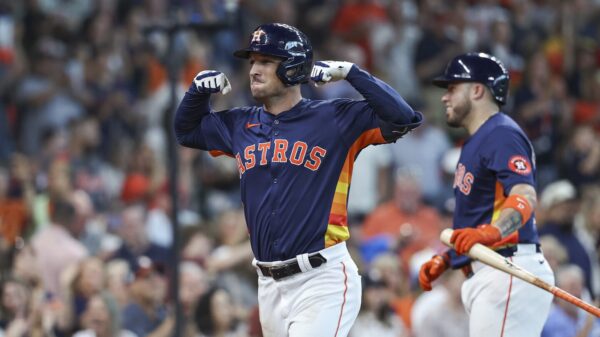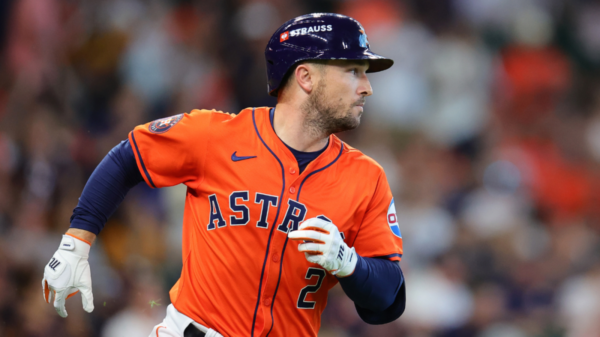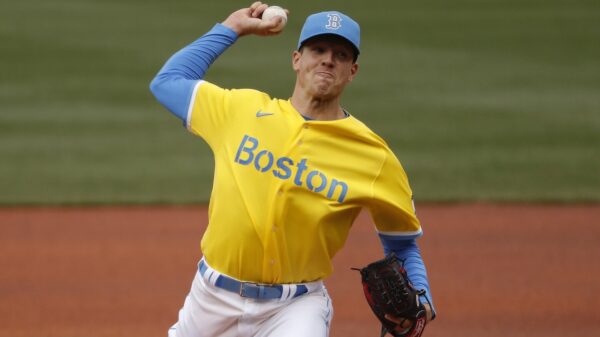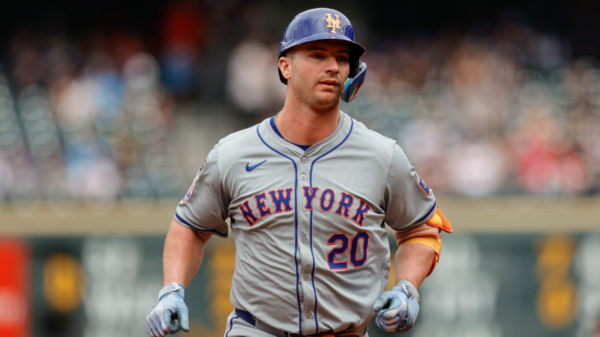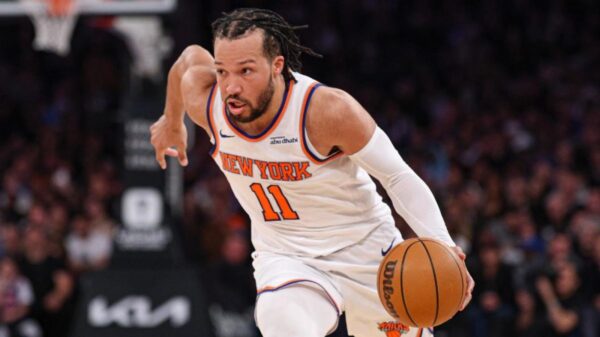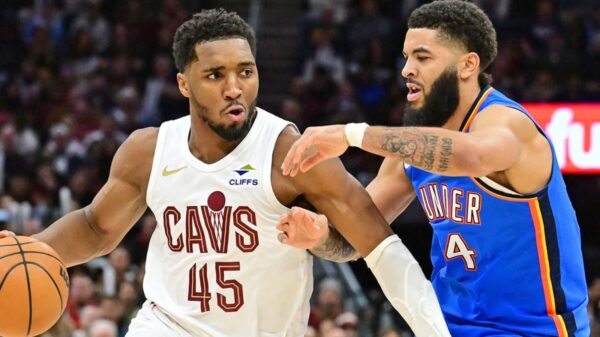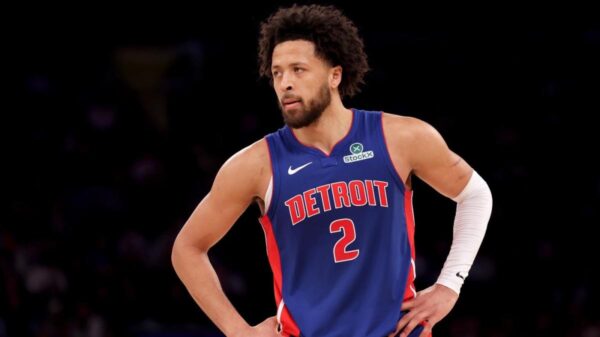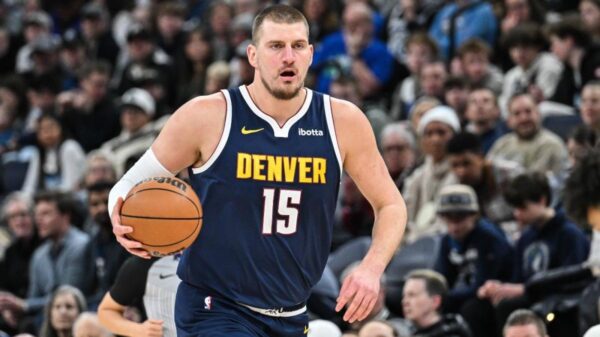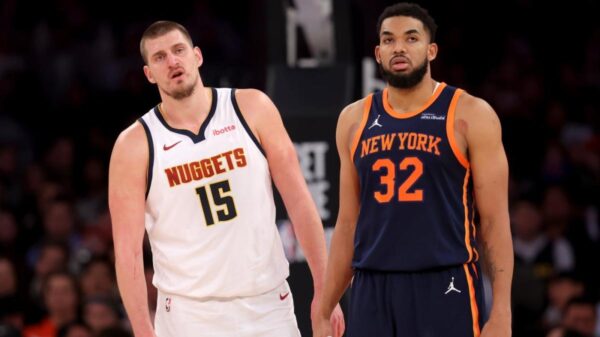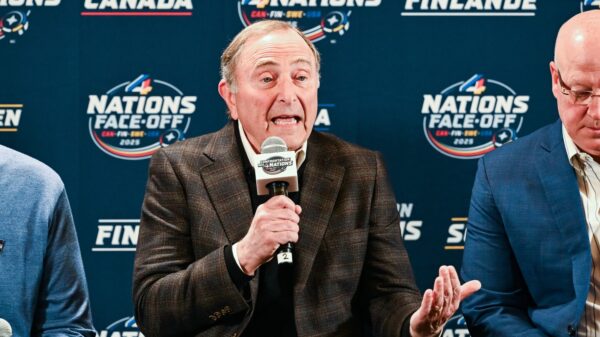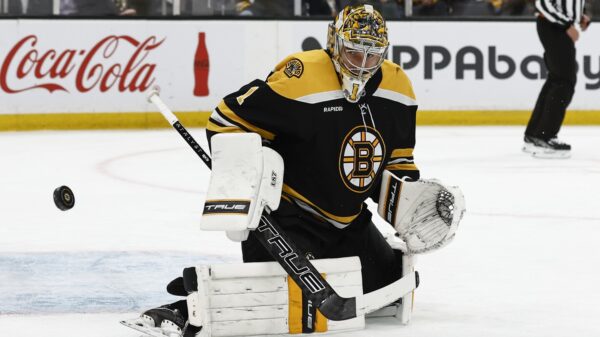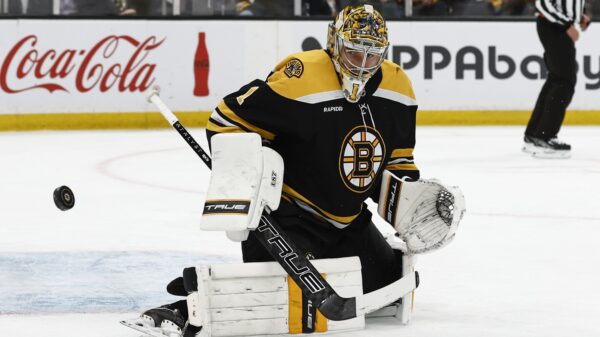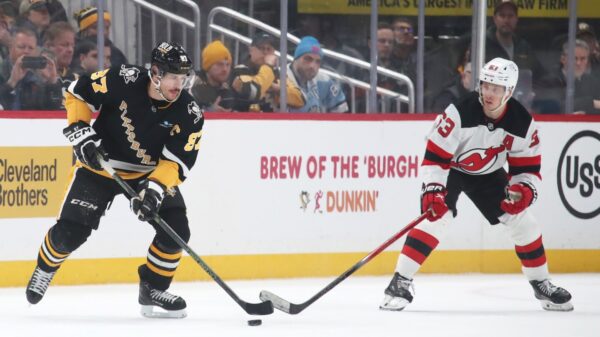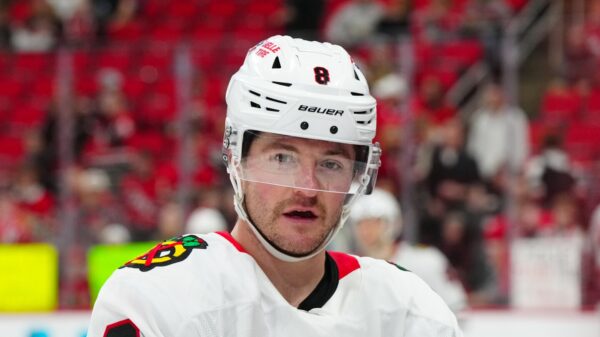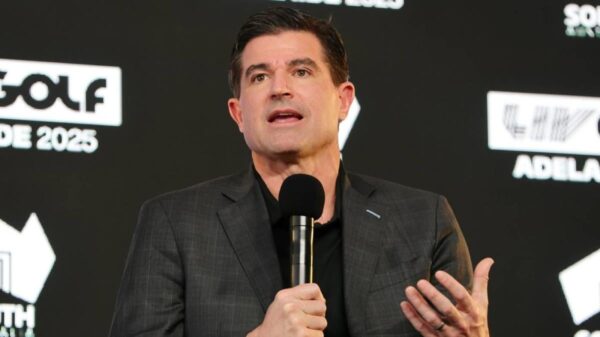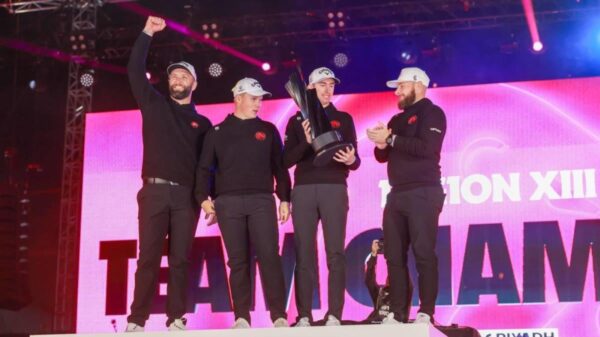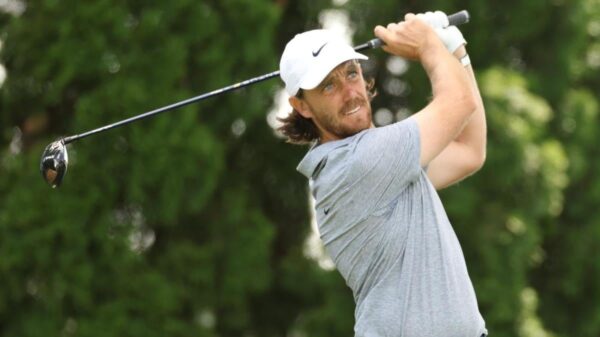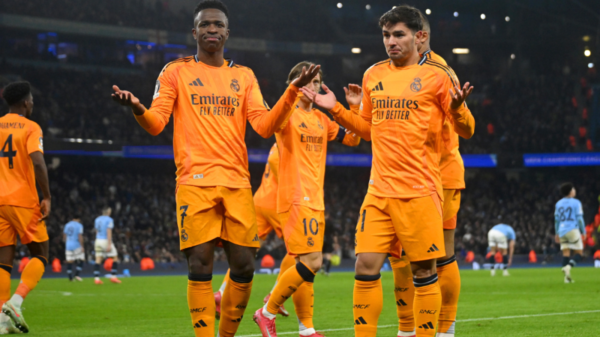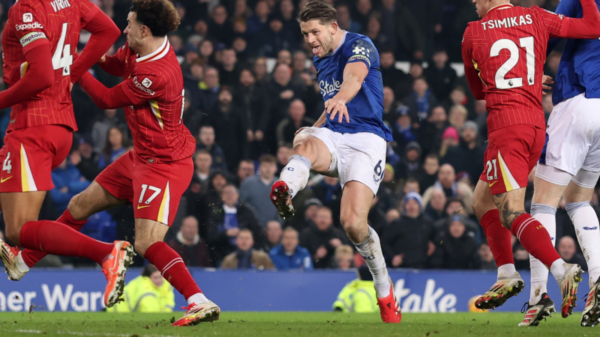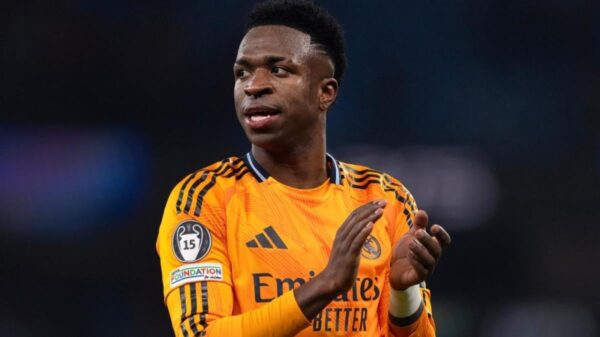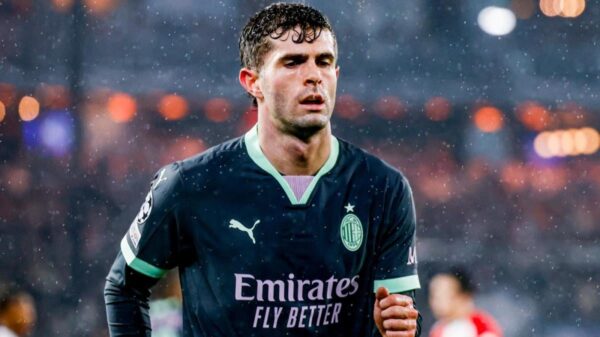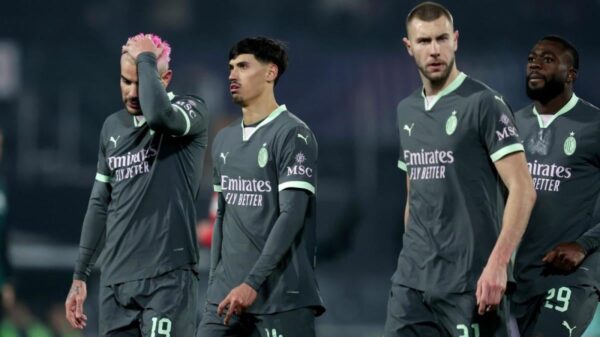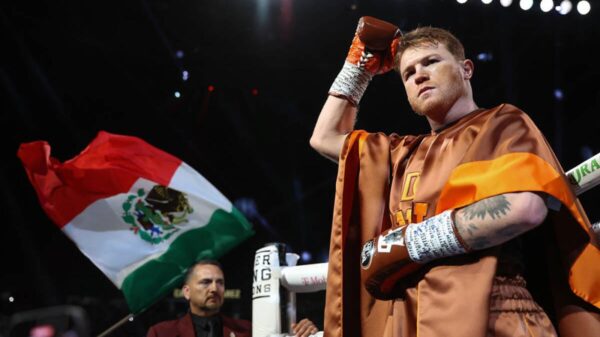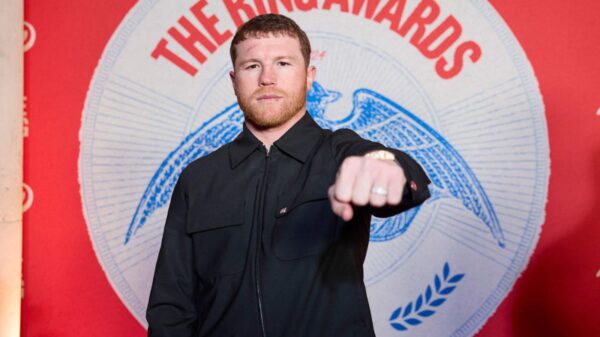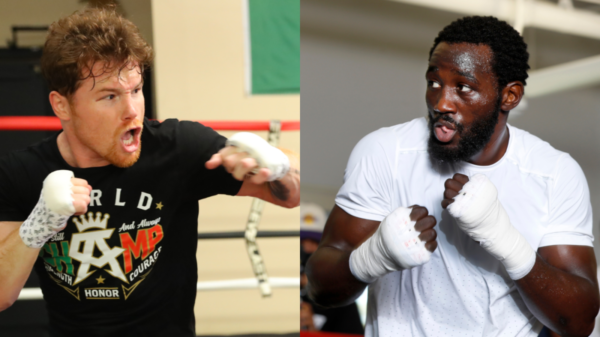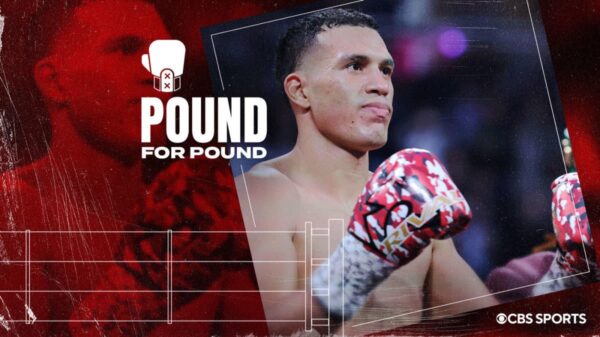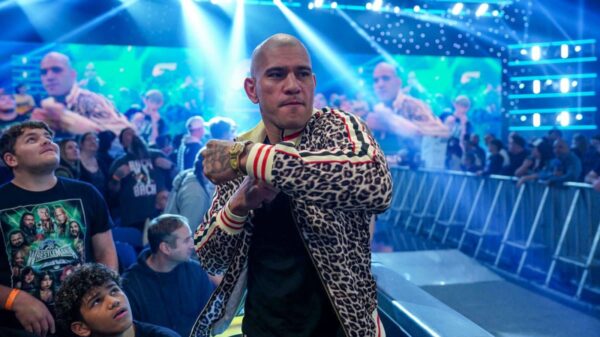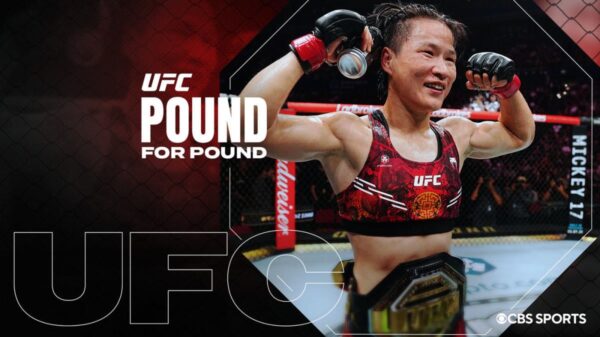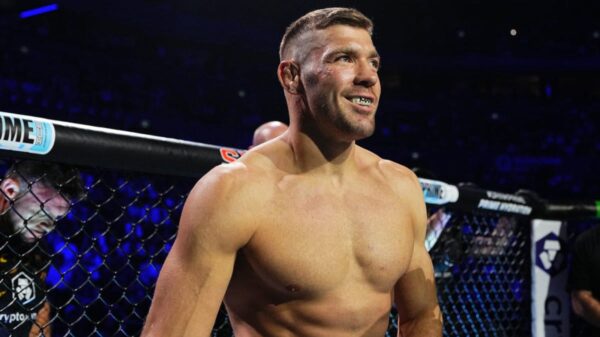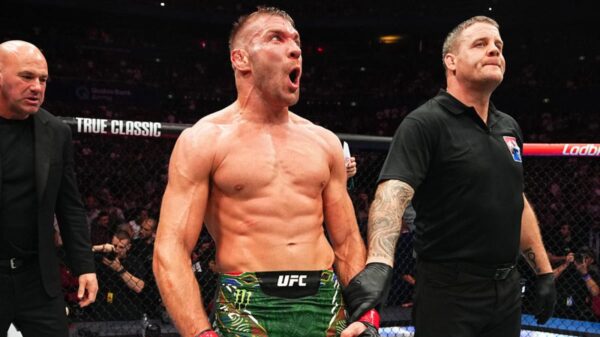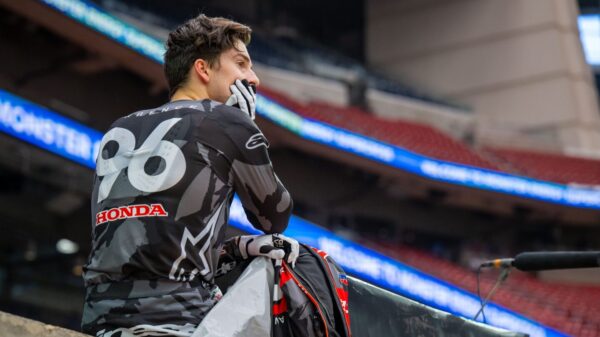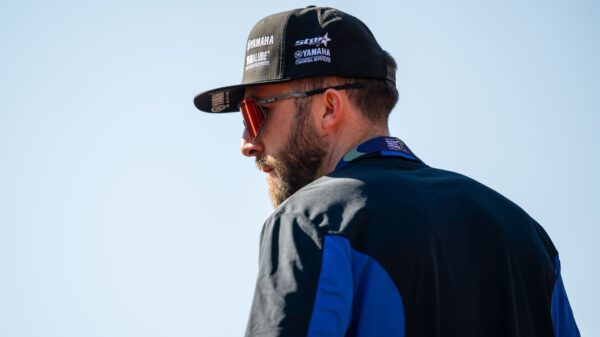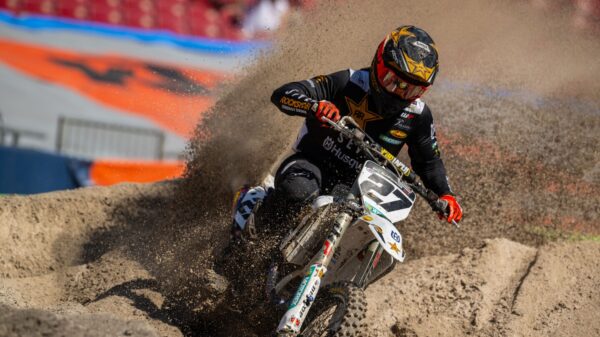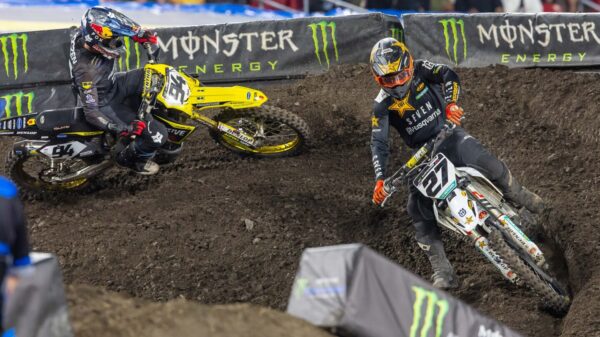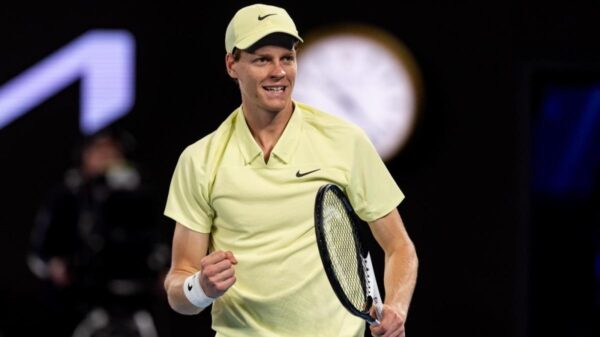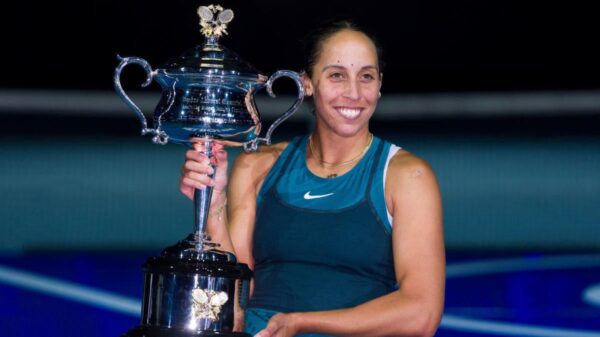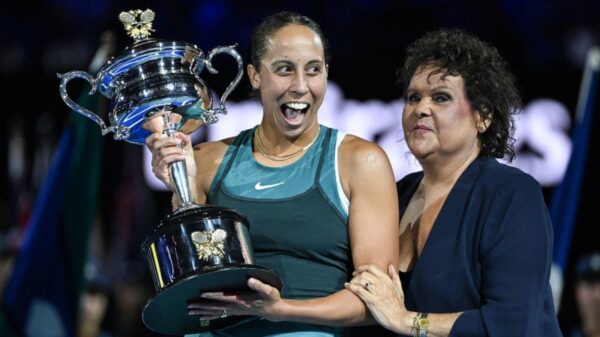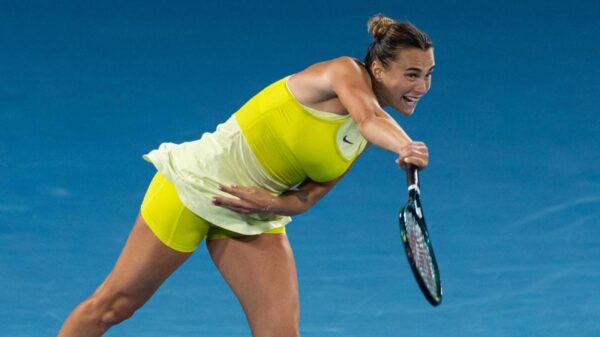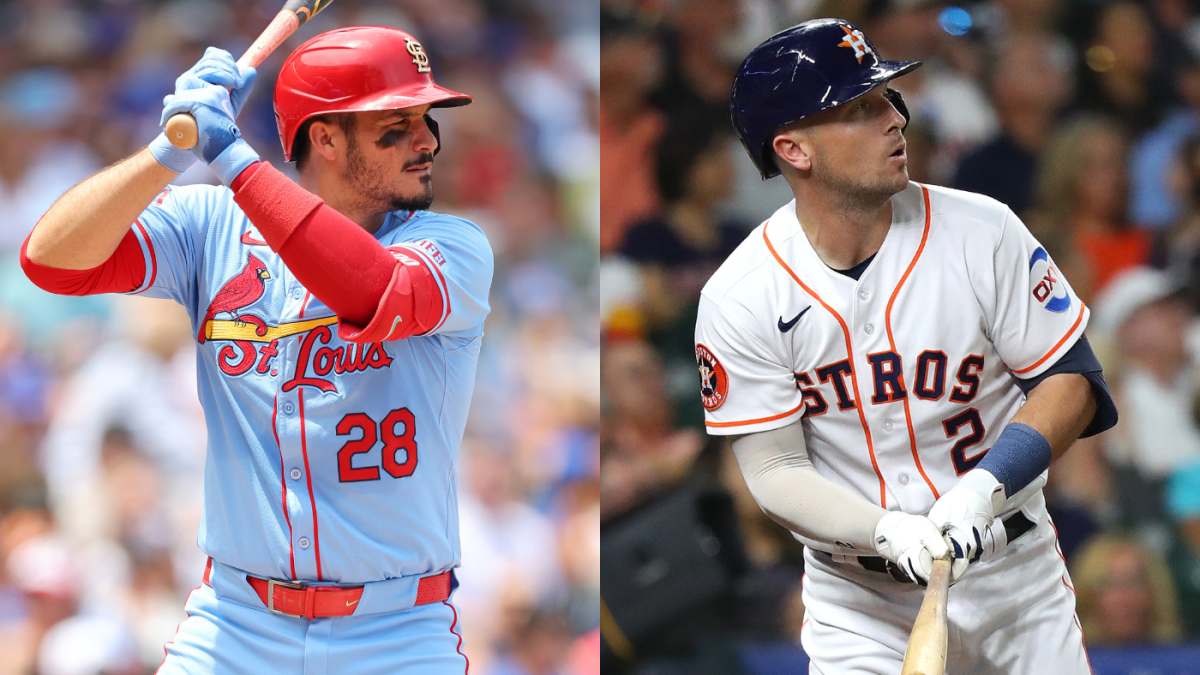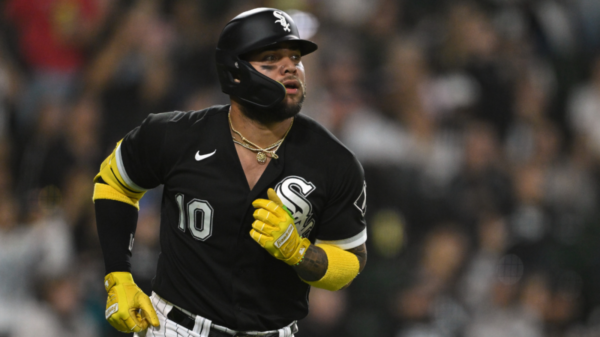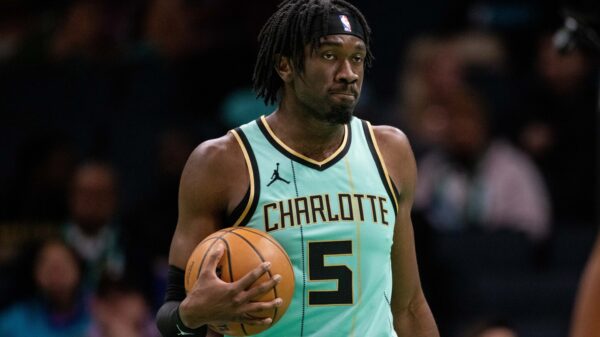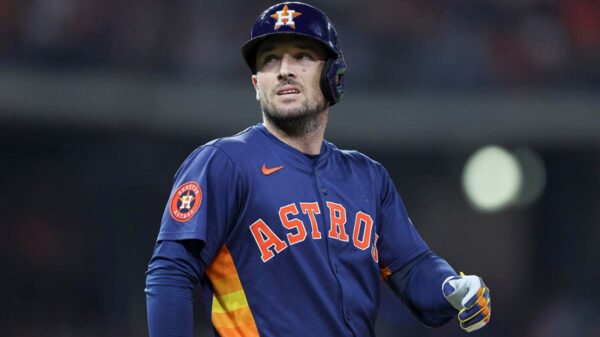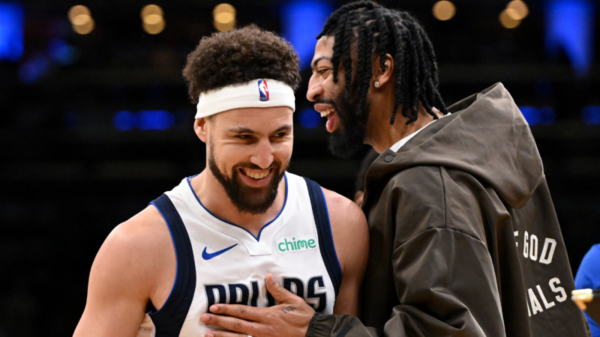Although pitchers and catchers have begun reporting to camps across Florida and Arizona ahead of the exhibition season, that doesn’t mean Major League Baseball’s offseason can be put to bed yet. Rather, a few big names could change teams over the coming weeks. Tops among them? A pair of third basemen, in Alex Bregman and Nolan Arenado, who’ve made 10 combined All-Star Games.
Predictably, Bregman and Arenado’s fates seem intertwined. The latest from the rumor mill has Bregman choosing between one of several suitors, including the Boston Red Sox, Chicago Cubs, Detroit Tigers, and Houston Astros. Where Bregman signs could determine where Arenado, still very much contracted to the St. Louis Cardinals, is traded ahead of Opening Day — and, perhaps, if he’s traded at all. While only the Red Sox and Astros have been connected to both players this winter, it stands to reason that the other teams could inquire on Arenado in due time.
With that in mind, we here at CBS Sports decided it would be useful to determine which player looks better on paper. Below, we’ve engaged in a little game of “who’s better,” comparing and contrasting Bregman and Arenado across various aspects, including their offense, defense, and contractual status. We’ve also declared an overall “winner” at the end of the piece — that is, the player we’d prefer to have if we were running a team.
With all of that jazz out of the way, let’s get to it.
1. Offense
Bregman and Arenado have authored some phenomenal offensive seasons during their careers, with each laying claim to at least one Silver Slugger Award. In our minds, Bregman holds a definitive edge heading forward, based in part on what’s happened in recent history.
To wit, Bregman has outhit Arenado in recent years, generating a 124 OPS+ over the past three seasons versus Arenado’s 119 mark. Remember, OPS+ is a park-adjusted metric, meaning that Bregman isn’t simply benefitting from playing in a more favorable environment. Bregman has averaged one more home run per season than Arenado over that span — more on that in a second — and has provided more baserunning value (though that’s not a strong suit for either). From an advanced metrics perspective, Bregman also owns an advantage in recent years in average exit velocity and whiff rate — simply put, he seems to have better bat-to-ball and barrel control skills.
Heading forward, it’s fair to have some reservations about Bregman and Arenado’s bats alike. As we’ve noted before, Bregman’s slugging outputs will likely suffer from a move away from Houston’s friendly left-field dimensions. Arenado, meanwhile, is nearly three years older than Bregman, and is coming off his worst full-season showing since his rookie campaign.
It’s possible that neither performs up to their standards, but given the head-to-head nature of this exercise, we have to rule in favor of someone — and that someone is Bregman.
2. Defense
Whereas there’s legitimate reason for apprehension with Bregman and Arenado’s offensive games, the same isn’t true on the defensive end. Both remain standout performers, according to the eye test and public-facing data. Statcast’s Outs Above Average metric, for instance, has them each ranking in the 90th percentile or better in terms of individual defensive play — and bear in mind, that metric incorporates players from all positions, not just third basemen.
It’s no stretch to write, then, that these two remain among the sport’s best defensive players.
Arenado is just a little better, in our opinion, because he possesses both the historical and recent advantages. Arenado is, after all, responsible for 10 of their 11 shared Gold Glove Awards. Depending on your defensive metric of choice, Arenado has saved somewhere between 22 and 26 runs over the last three seasons, as opposed to Bregman’s seven to nine runs. Both good figures, mind you.
Bregman does offer one perk that Arenado does not: optionality. His apparent willingness to move to second base, should his suitor’s team context dictate it, is an undeniable plus. Does it negate the gap above? Not in our books, but it certainly counts for something. Still, give Arenado the win here.
3. Contract
So far, we prefer Bregman’s bat and Arenado’s glove. That leaves their contractual terms as the tiebreaker. Here’s where things get a little tricky.
We know that Arenado will earn $74 million over the three years remaining on his contract. The Colorado Rockies are responsible for $10 million of that, so any team acquiring Arenado would need to pay him only $64 million through the 2027 campaign — or an average of just over $21 million. Could the Cardinals cover some of that cost? Maybe! That depends on trade negotiations. But for now we’ll stick with the $64 million.
It’s to be seen what kind of terms Bregman nets. Earlier this winter, we predicted he would sign for six years and $162 million. For the sake of this exercise, let’s pretend that guess is proven correct. That would result in Bregman being owed $98 million more than Arenado overall (again, excluding the portion of his contract that the Rockies are on the hook for) and $6 million more annually.
If all you care about is who will make less money over a shorter term … well, Arenado is your guy and your winner. But it’s not that simple, not when you’re trying to build the best team possible, and there’s a reason why Bregman seems to be in greater demand. That reason? The shapes of each player’s risk profiles and how they project moving forward.
Specifically, it’s the worrisome combination of Arenado’s offensive skill set and his advanced age that give him (to our eyes, anyway) the greater chance of cratering in the near future. Sure, there’s reason to be skeptical of Bregman remaining this good heading forward — mind you, he’s been the sixth-most productive third baseman in the game since 2020 — but if we were picking one or the other, we would have to agree with the market that Bregman seems like the better, safer choice.
Read the full article here

